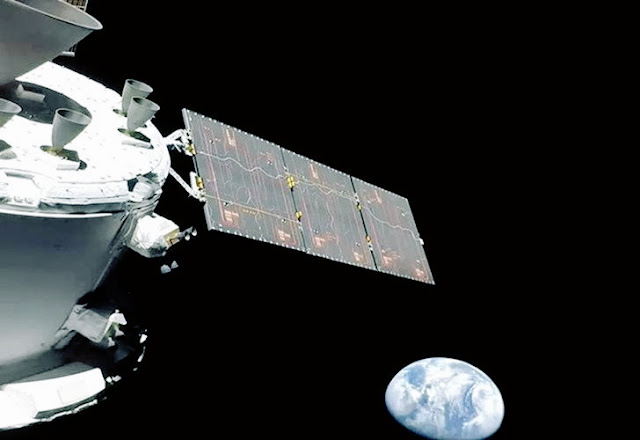The Orion rocket, which the USA shipped off a lunar circle inside the system of the Artemis Lunar Program, which plans to ship individuals to the Moon, effectively got back to Earth. Orion's re-visitation of Earth agreed with the 50th commemoration of Apollo 17's arrival on the Moon. In the proclamation made by NASA, it was expressed that the Orion group module, called Artemis I, finished its 25-day uncrewed dry run by arriving in the Pacific Sea off Mexico.
In the proclamation, it was expressed that the group module of the Orion rocket was effectively isolated from the vehicle module at 11:00 neighborhood time, and the vehicle module consumed securely in the air, and it was noticed that the team module additionally entered the air. In the proclamation, which expressed that it had arrived likewise, it was expressed that "The tremendous intensity produced when Orion experiences the climate changes the air encompassing the case into plasma, which disturbs correspondence with the shuttle for a brief time frame."
As a component of the Artemis I mission, the Orion rocket has voyaged almost 1.3 million miles (2 million kilometers), conveying the team container to the farthest point it has at any point been in a circle around the Moon.
One reason for this flight, which is a sort of test mission, was to convey 10 little satellites to and from the Moon's circle by the help module under Orion, 4 of these satellites neglected to be sent, while 6 were effectively positioned in a lunar circle.








0 Comments